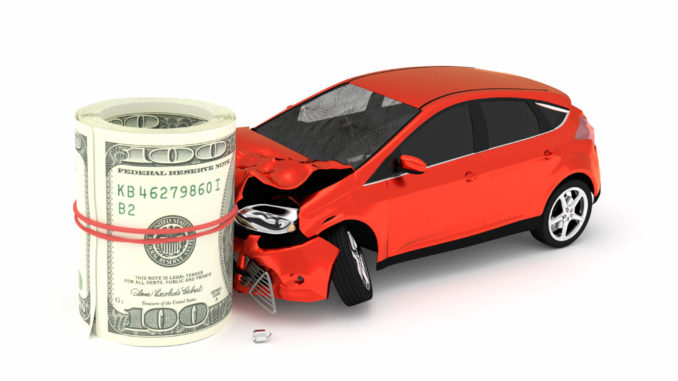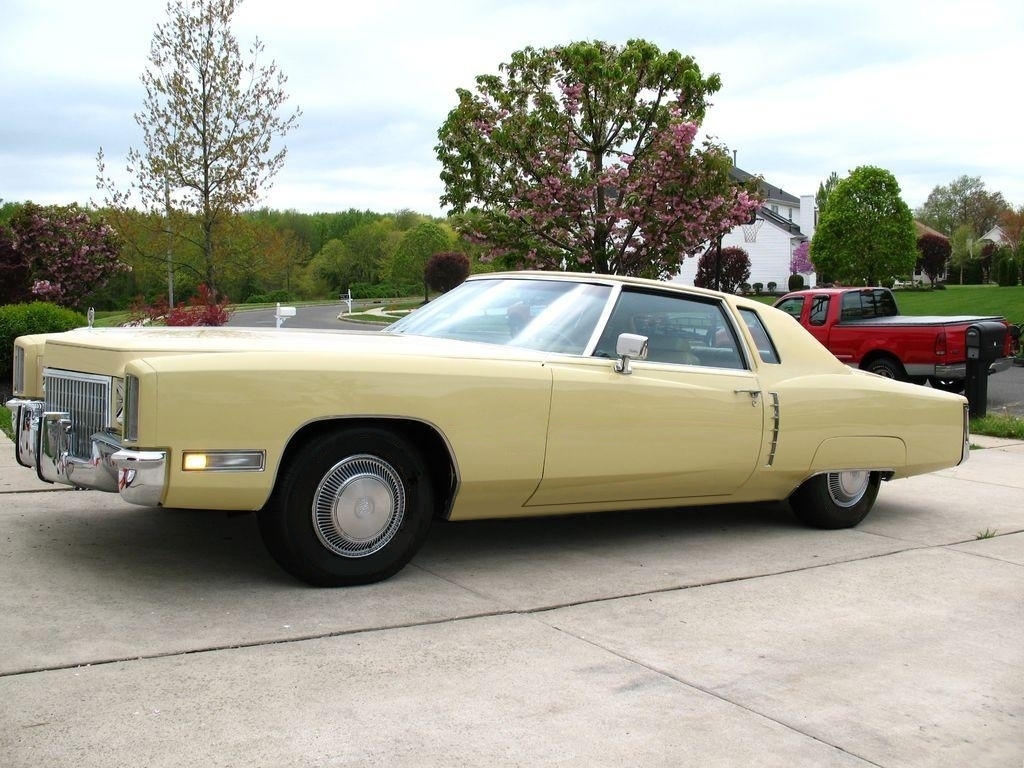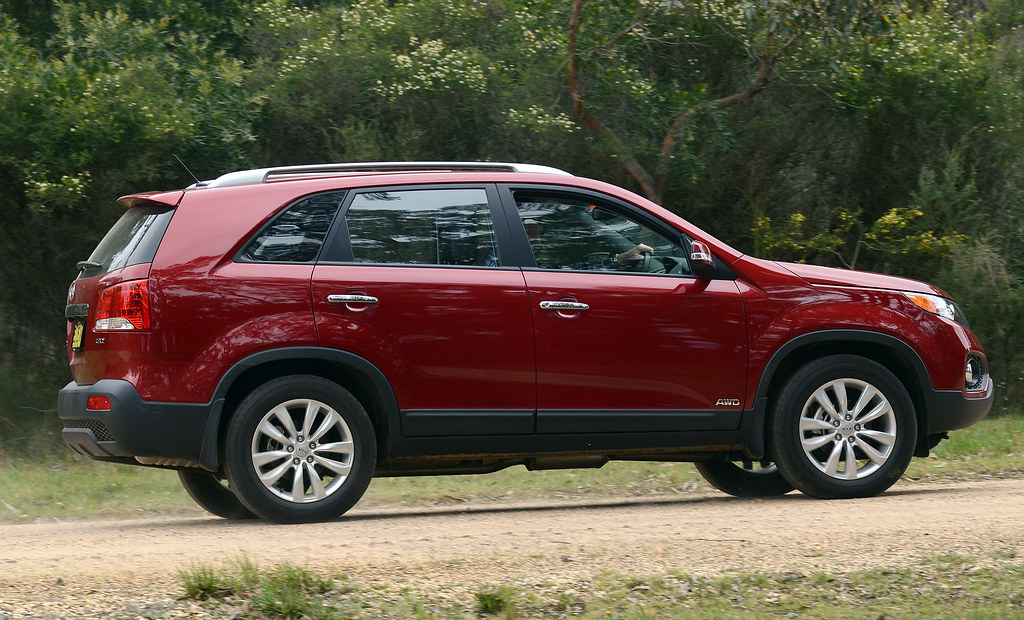
The Volkswagen Beetle is not just a car; it’s a cultural phenomenon that has left an enduring mark on automotive history, originating in 1938 when Ferdinand Porsche designed it as a ‘people’s car’ for Adolf Hitler’s vision. Initially branded as the KdF-Wagen, the Beetle aimed to democratize car ownership, drawing parallels to the Ford Model T’s impact in America, though its inception is shadowed by its connections to the Nazi regime; nonetheless, it transformed into a symbol of hope and recovery during post-war Germany.

As the Beetle began its journey on assembly lines in a recovering Germany, it quickly became synonymous with economic resurgence and the rise of the middle class, hitting a remarkable production milestone of over one million units by 1955. Its groundbreaking design featured a charming rounded shape, roomy interior, and unique rear-engine placement, setting it apart in a marketplace dominated by bulky vehicles, and it soon captivated American youth culture during the vibrant 1960s.

The Beetle’s quirky charm and affordability resonated with a generation that valued individuality and counterculture. Advertising campaigns from Doyle Dane Bernbach cleverly positioned the Beetle as an alternative to the ‘bigger is better’ mentality prevalent in American car culture. The agency’s famous tagline, ‘Think small,’ encapsulated the Beetle’s unique selling proposition, leading to skyrocketing sales that peaked at over 563,000 units in 1968.
Over the decades, the Beetle transcended its utilitarian purpose to become a beloved lifestyle choice, making memorable appearances in films like Disney’s ‘The Love Bug’ that solidified its fun-loving reputation. Its close ties to the hippie movement further amplified its status as a beacon of peace and love, endearing it to countless fans who embraced its spirit.
In 1978, production of the Beetle in Germany came to a halt, but the story was far from over. Production continued in Puebla, Mexico, where the Beetle was affectionately dubbed the ‘vochito.’ This iteration of the Beetle adapted well to the Mexican market, earning it the moniker ‘carro del pueblo.’ This enduring legacy in Mexico saw the Beetle thrive until 2003, longer than its production run in Germany.

The introduction of the New Beetle in 1998 breathed new life into the iconic design, capturing the nostalgia of past generations while appealing to a new audience. This retro-futuristic reimagining, spearheaded by Ferdinand Piech, featured a playful design that included elements such as a built-in flower vase. However, as consumer preferences shifted, the New Beetle’s popularity began to wane in the subsequent years.

Reflecting on the Beetle’s production ending in 2019, we celebrate its rich and varied legacy, encompassing deep connections to German history, significant contributions to the global automotive scene, and its profound cultural relevance. The last of the 5,961 Final Edition models will soon be enshrined in a museum, marking the end of a fascinating journey that has spanned over eighty years, captivating generations and leaving a lasting impression on both automotive history and pop culture.

In an era where the automotive industry is undergoing a transformation towards electric mobility, Volkswagen is pivoting towards a new future with their electric ID.3 model. While the Beetle may be at the end of its road, its spirit lives on in the hearts of enthusiasts and collectors around the world. The end of the Beetle’s production signifies not just the conclusion of a car’s life cycle but also a pivotal moment in the ongoing evolution of the automotive landscape.

**The Evolution of Production**: The Volkswagen Beetle’s production story is as rich as the car itself. Initially produced in Germany, the Beetle’s legacy took a unique turn as production moved to Puebla, Mexico in 1967. This site became crucial for the Beetle’s continued existence, giving birth to the beloved ‘vochito’. While it was a rugged vehicle tailored for the Mexican market, it also symbolized resilience, representing continuity even when production ceased in Germany. The Puebla plant operated until 2003, showcasing the Beetle’s adaptability in distinct automotive cultures.

**Driving the 1960s Counterculture**: The Beetle’s rise in the U.S. during the 1960s was not just about the car’s practicality; it became a symbol of counterculture. Young Americans embraced it as an alternative to the oversized vehicles dominating the road. Its quirky and modest design resonated with the ethos of the hippie movement, which valued peace, love, and individuality. The Beetle was often seen at protests and festivals, painting a picture of freedom that extended beyond mere transportation.

**Advertising Genius**: The success of the Beetle was partly fueled by innovative advertising strategies. The ad agency Doyle Dane Bernbach’s campaign cleverly encouraged consumers to ‘Think small’, positioning the Beetle as a smart alternative to larger, flashier cars. This campaign not only highlighted its compact size but also suggested that the Beetle represented a more sensible lifestyle. The genuine, humorous approach resonated, capturing the hearts of many and contributing significantly to Beetle’s appeal in the U.S. market.

**Cultural References and Iconic Appearances**: Beyond advertising, the Beetle carved its place in pop culture through various media. One of the most notable appearances was in Disney’s ‘The Love Bug,’ which featured a sentient Beetle named Herbie. This film catapulted the Beetle into the hearts and imaginations of audiences, further solidifying its status as an automotive icon. The legacy continued with sequels and spin-offs that ensured the Beetle remained relevant in popular culture.

**The New Beetle Revival**: In the late 1990s, Volkswagen aimed to rekindle the Beetle’s charm with the launch of the New Beetle in 1998, blending nostalgia with modern upgrades and whimsical touches like a flower vase to attract a younger audience. Despite initial enthusiasm, this revival faced challenges as consumer preferences shifted towards larger vehicles such as SUVs, leading to a decline in sales.

**The Final Edition**: As a poignant farewell to the Beetle, Volkswagen released a limited series known as the Final Edition, encapsulating the beloved car’s essence while honoring its extensive legacy. The last units rolled off the assembly line in 2019, embodying the cherished memories and experiences that the Beetle gifted to millions of drivers around the world over the decades.

**Beetle’s Impact on Globalization**: The Beetle is often hailed as a symbol of globalization in the automotive industry. Its reach extended far beyond Europe, becoming a familiar sight in countries across the globe. This iconic vehicle bridged cultural gaps and showcased how a single design could resonate with diverse populations, emphasizing shared human experiences over geographical boundaries.

**Anticipating Electric Futures**: As the automotive landscape shifts towards electric mobility, there’s speculation about the potential revival of the Beetle in an electric form. Volkswagen executives have hinted at this possibility, suggesting that a modern electric Beetle could rekindle its legacy for future generations. Such a move would honor the Beetle’s roots while addressing contemporary environmental concerns, keeping its spirit alive in a new era of sustainability.
In this enchanting retrospective, the Beetle’s discontinuation signifies more than just the end of a beloved model; it mirrors changing consumer preferences and advancements in automotive technology. This bittersweet farewell leaves behind a legacy that will continue to inspire future generations, reminding us of the joy of driving a car that represented more than mere transportation—it was a vibrant emblem of cultural history.
Related posts:
From Nazis to hippies: End of the road for Volkswagen Beetle
Alcatraz East Pigeon Forge
From Nazis to hippies: End of the road for Volkswagen Beetle — AP Photos







